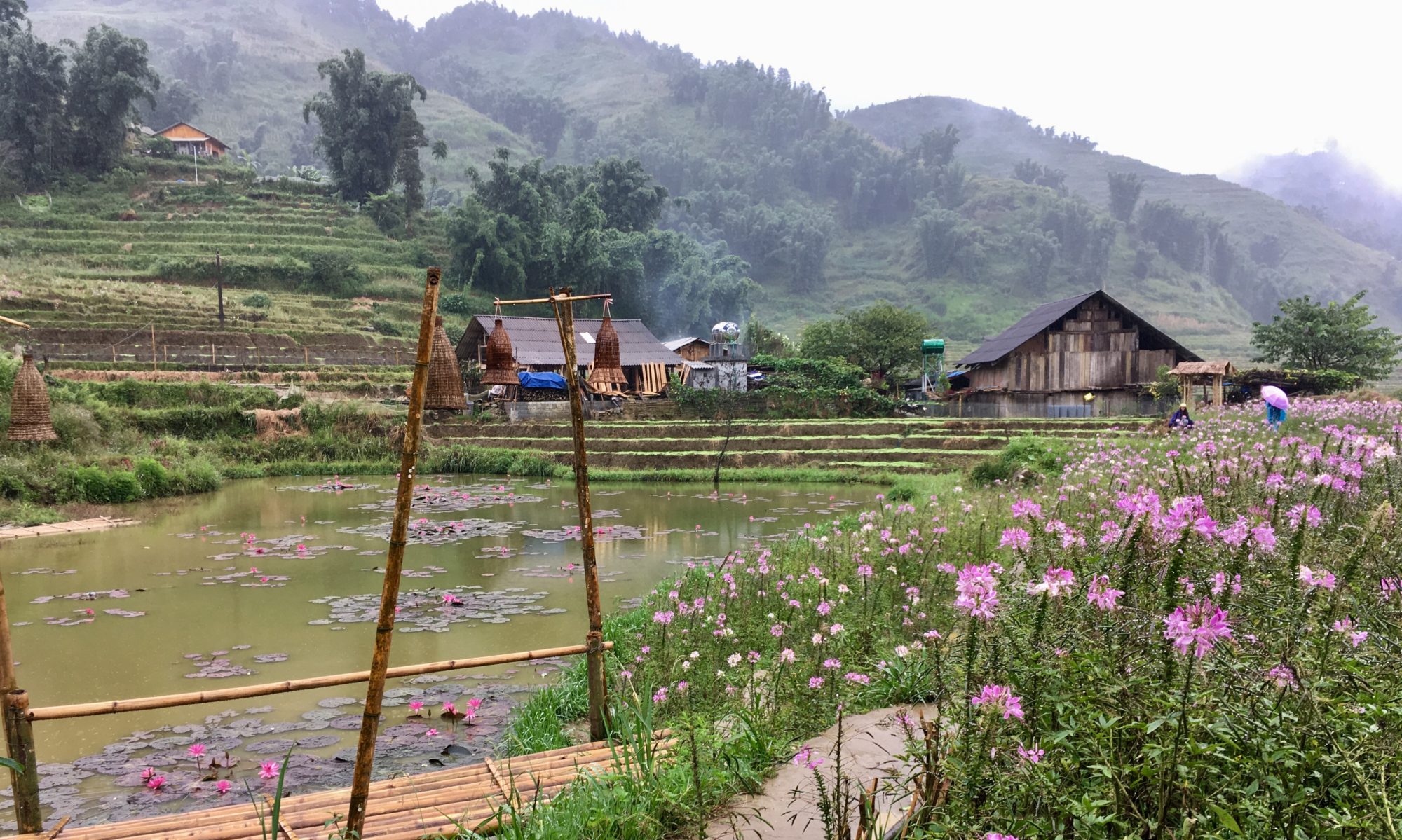Another sleepless night on the bus and Laurie and I rethought our decision on night buses. It was driven by a man and his sidekick who yelled out directions as he drove up the winding and bumpy road between Bagan and Shan State. It was like being put inside a shaker with someone yelling what sounds very similar to ‘s$&!’ over and over again. An effective interrogation method had we had something to confess.
I had mentioned in a previous post that one of the concepts British colonialism had left behind was the right-steering car. Up until 1970, the entire country drove on the left side of the road. Then one day, for an unreported reason, the government decided everyone should drive on the right side. The problem was and still is that most cars and buses are right-hand-drive. Thus, our driver was driving on the right side of the road with a right-steering bus and was practically blind to everything happening on the left side. Ergo, the sidekick yelling direction through the night. But we survived.

After arriving at the hotel in Inle Lake, the breakfast of Shan noodles and eggs put us back in a good mood. After a couple of hours of rest, our guide from LM Travel Myanmar, Joshua, picked us up in a van and we drove another 2 hours to Pindaya Cave past plantations of wheat, corn, and cigar leaves. This area in Shan State has red soil fertile with minerals and is great for growing crops.

Farming is the way of life here as is evident by the lines of white cows marching alongside the road. We passed a market that traded and sold these cows. Joshua told us the market opens once every five days to allow farmers who live far away to travel there. There were cows of all sizes, but even the biggest here is a lot skinnier than their American counterpart. And cheaper. A prized cow is about $1,000 U.S.


Along the way, we stopped at an old monastery with an infestation of sweet cats. The monastery is over 170 years old. It was teak and looks very much like a traditional Thai home. It has peak roofs and inward leaning walls. Shan State borders Thailand to the east separated by a mountain range, and there are many similarities between Myanmar and its neighbor who shared a long history of warfare.




As we climbed higher and higher, the flat green fields transformed to hills and mountains. The people here also look different from those we met in the south with lighter skin and smaller eyes. There are more than 135 ethnic groups in Myanmar, with 7 being the largest minority nationalities: the Chin, the Kachin, the Karenni (sometimes called Kayah), the Karen (sometimes called Kayin), the Mon, the Rakhine, and the Shan. Each group has their own language, culture, and history, making up Myanmar’s rich tapestry.


After another quick stop at a train track overlooking beautiful vista, we finally arrived at our destination. Pindaya Cave is a stalactite cave estimated to be 2 million years old. It sits on a limestone hill overlooking Botoloke Lake.

In the 18th century, while a war was raging between tribes, the different groups hid images of Buddha here to protect them from possible damage. There are now over 10k images climbing up the sides of the cave. The oldest is from the 17th century. Like other sacred sites, Burmese visitors filled this place. At the entrance of the cave sat a man praying in front of a golden Buddha image. He was chanting in Pali from scripture. His voice echoed throughout the cave.





